Since the beginning of human history, the elusive Northern Lights have inspired artists and puzzled scientists in equal measure. As we reach the peak of a solar cycle in 2024, chances of witnessing the spellbinding spectacle of the Aurora Borealis dramatically increase. In this article, our Editor-in-Chief, Julia Pasarón, explains why.
Our sun is just a giant ball of electrically-charged gases. As their molecules move, they generate a magnetic field, which follows a certain pattern of activity over time – on average, around 14 years. We know this as a solar cycle, whose peak occurs in the 11th to 12th year. At its highest point, we hit a solar maximum. This moment is marked by the north and south poles of the Sun switching places – when the direction of the magnetic field flips. The process takes a few months to complete, often bringing with it dramatic spikes in solar flares and storms from the corona (the outermost part of the Sun’s atmosphere). Sunspots are an obvious indicator. Their number has increased recently, and is expected to peak throughout 2024 and 2025.
All this activity releases electrically-charged material that is carried towards earth by solar wind. It consists mostly of electrons, protons and alpha particles, along with a mixture of materials found in the solar plasma. These include trace amounts of elements such as iron, nitrogen, oxygen, carbon, magnesium, and platinum, as well as isotopes of titanium, chromium, phosphorus and nickel.
These particles can escape the Sun’s gravity due to their high energy resulting from the huge temperatures in the corona. Shortly after leaving the gravitational field, the solar wind reaches supersonic speed, slowing as it reaches the layer of Earth’s atmosphere, known as the magnetosphere, which faces the Sun. Its boundary is the magnetopause, where the magic happens. As some of the solar wind’s particles enter the Earth’s atmosphere through this area, the lines of the magnetic fields partially connect. The consequence is the magnificent Aurora Borealis (or Aurora Australis in the southern hemisphere).
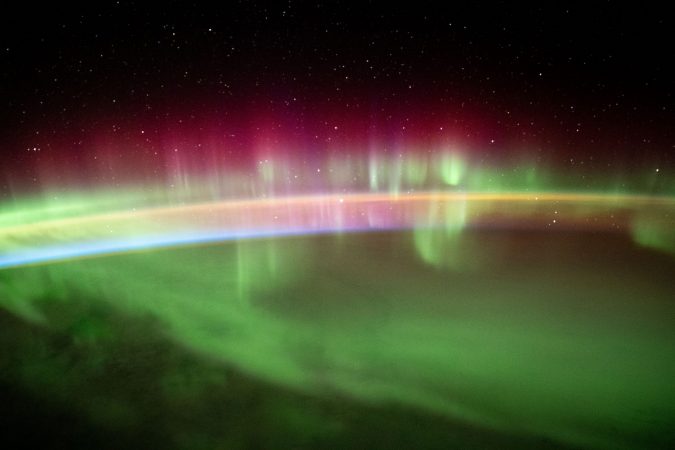
The Aurora Australis streams across the Earth’s atmosphere as the International Space Station orbits 271 miles above the southern Indian Ocean in between Asia and Antarctica (2nd August 2021). Image courtesy of NASA.
Jim Wild, Professor of Space Physics at Lancaster University, provides a further angle to consider, “The alignment of the Earth’s magnetic field relative to the Sun changes with the seasons, with the orientation for aurorae being optimal around the spring and autumn equinoxes. As solar activity is expected to peak in 2024 or 2025, the equinoxes are likely to offer some of the best auroral displays for the next decade.”
The colours and forms of each aurora will depend on a variety of factors: gases in the Earth’s atmosphere; its density; the altitude at which the aurora occurs, and the level of energy involved. Green is the most common colour seen from the ground and is produced when charged particles collide with oxygen molecules at altitudes of 100 to 300 km. Occasionally, the lower edge of the aurora will have a pink or dark-red fringe, which is produced by nitrogen molecules at altitudes of around 100 km. Higher in the atmosphere – between 300 and 400 km – oxygen produces red auroras. Other colours, such as blue and purple can also appear when hydrogen and helium are involved; but they are difficult to perceive by the human eye.
From space, the aurora is a crown of light that circles each of Earth’s poles. The IMAGE satellite took this photo on 11/09/2005, four days after a record-setting solar flare.
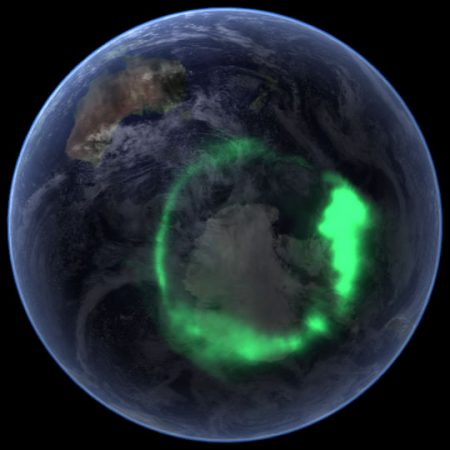
There is already something wondrous about particles from space being carried by solar wind to brush the earth’s atmosphere and light up the night sky with a kaleidoscope of colour. But the phenomenon’s name only adds to the romance. First used by Galileo in 1619, the word aurora is derived from the Roman goddess of the dawn, Aurora, who travelled from east to west on her chariot, announcing the coming of the sun. The terms borealis and australis hail from the ancient gods of the north wind (Boreas) and the south wind (Auster) in Greek mythology.
The earliest depiction we have of an Aurora Borealis comes from around 30,000 BC, found in a cave painting in northern Spain. The earliest recorded incidence may date back to 2,600 BC, in Chinese literature; but it wasn’t until the middle of the 10th century BC that a datable reference to an aurora was made – also in China – in the Bamboo Annals, an ancient historical chronicle of the Asian country.

Northern Lights in Lofoten Islands, Northern Norway.
In the northern hemisphere, Aurora Borealis is noted in the Norwegian chronicle Konungs Skuggsjá, from AD 1230. The chronicler gave three possible explanations: that the ocean was surrounded by vast fires; that the Sun’s flares stretched around the world to its night side – which in relation to the magnetosphere is not a bad assumption; or that glaciers could store energy in a way that might eventually make them fluorescent.
The world of folklore has endless stories about aurorae. For example, in Norse mythology, there is a legend that says that auroras were caused by dead warriors’ blood spraying into the night sky as they engaged in playing games, riding horses or having fun in some other way. In the southern hemisphere, aboriginal Australians thought that aurorae were caused by the dancing of the gods.
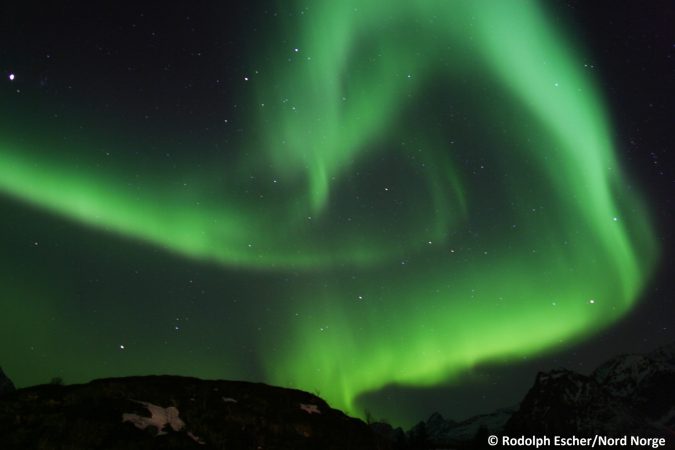
Green is the most common Aurora colour from the ground, produced when charged particles collide with oxygen at altitudes of 100 to 300 km.
Regardless of beliefs, what is clear is that an aurora is a spectacle that nature offers seldomly, and this year we have more chances than usual to witness it in all its splendour. In the first Sunday of March 2024, the Aurora Borealis was so strong, that it was seen from as far south as Cornwall. Even sightings of the elusive aurora column were observed and immortalised with cameras.
This could literally be a once in a lifetime opportunity. Don’t miss it.
I’d like to thank the Office of Communications at NASA/Kennedy Space Center and the Northern Norway Tourism Board for their assistance with images to illustrate this article.
Words: Julia Pasarón
Leading photo: Northern Lights over Lapland, Finland (January 2024). © Corentin Basset.
Photo Aurora Australis by IMAGE © NASA/Goddard Space Flight Center Scientific Visualization Studio.
Video Solar Cycle © NASA







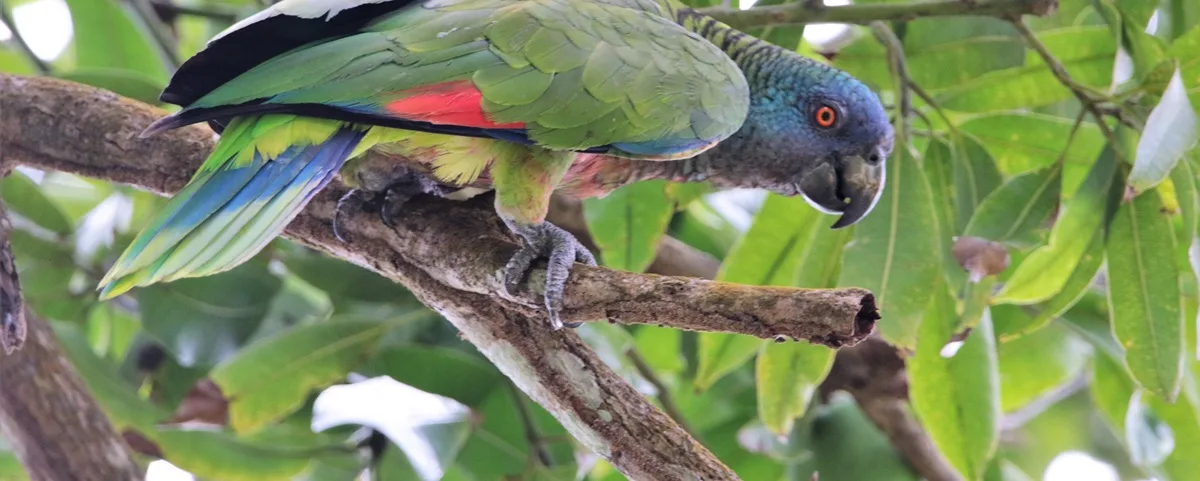

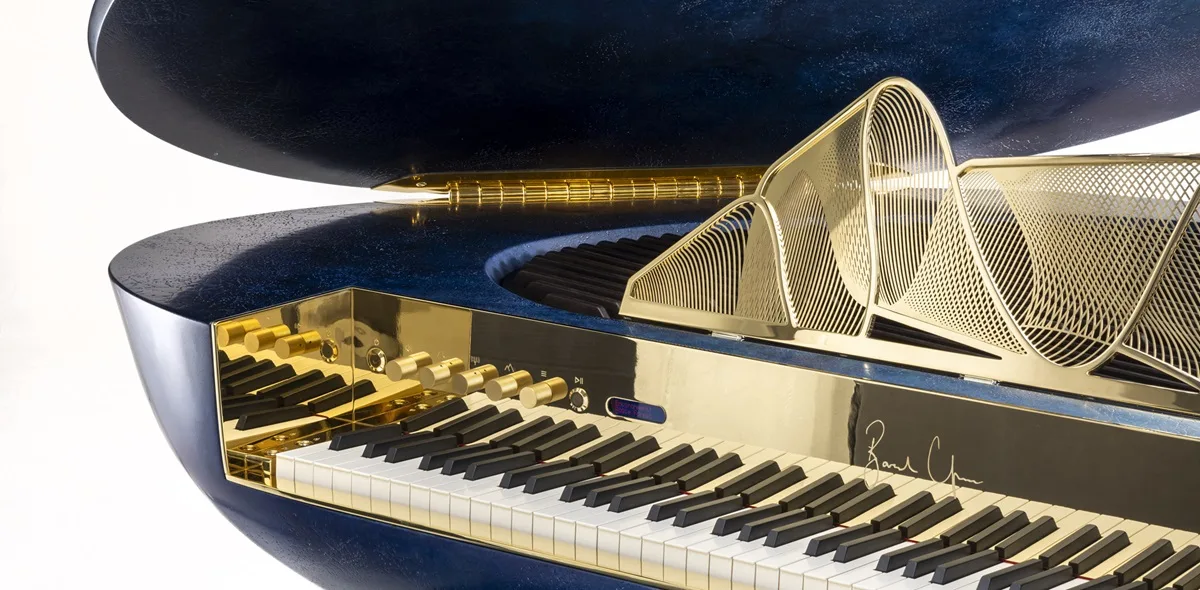




Show Comments +